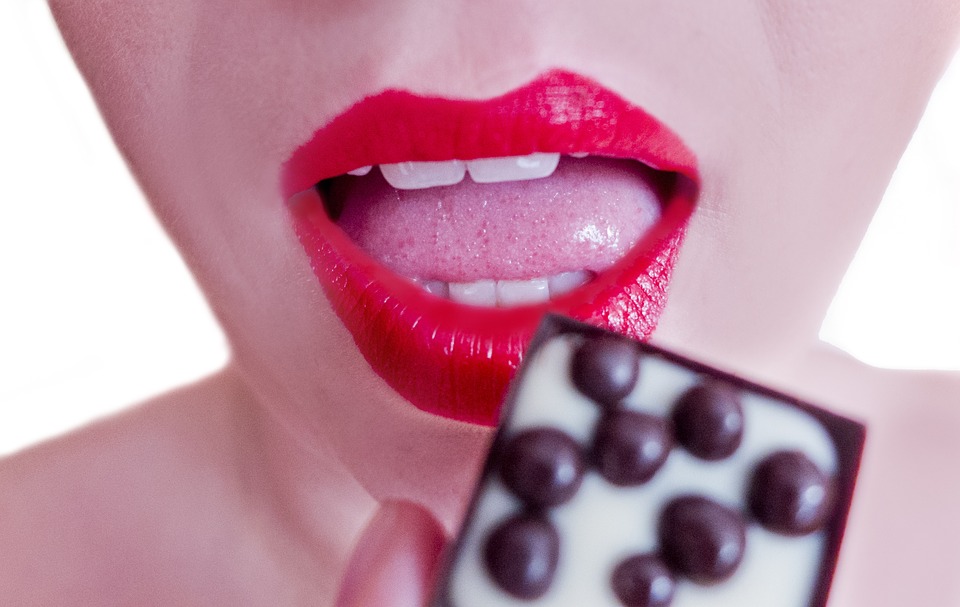In 1868, Richard Cadbury introduced the first box of chocolates for Valentine’s Day. Since then, sweets have become one of the most popular gifts exchanged by sweethearts on Valentine’s Day. Few people want to completely refrain from eating chocolate and other candies on Valentine’s Day, but the bottom line is that sweets are harmful to teeth. Thankfully, there are ways to indulge a bit for the holiday while still keeping your teeth in good shape.

(Pixabay / aleksandra85foto)
If you do partake of candy, make sure that you do so safely. Hard candies, such as suckers, are very popular, but they can immerse teeth in a veritable sugar bath. Don’t bite down on hard candy as it could crack or chip your teeth. Eat candies in moderation. For example, pace yourself and eat just one after each of the day’s three meals. Too much sugar introduces acid into the mouth, which breaks down tooth enamel.
You can minimize the damage that candy does to your own teeth by being selective in what you eat. You can also be sensitive to your loved ones by being careful about what candy you give to them. When it comes to chocolates, choose a high-quality brand with 50 percent or more of cocoa. Cocoa has actually been shown to help protect the tooth’s enamel. In addition, chocolate washes off the teeth much more quickly than sticky candies.
After you eat your candy, be sure to brush and floss right away. Make sure to get between teeth and around the gum line. If you don’t eliminate sugars from the mouth and teeth, you will be encouraging the growth of bacteria that will lead to tooth decay.
Don’t forget that your tongue carries bacteria too. Make sure to gently brush your tongue from the back to the front to eradicate bacteria that are stuck on the surface of the tongue.
Make sure to counterbalance your sweet indulgences with lots of healthy and high-alkaline foods such as vegetables to keep your teeth strong. And don’t forget to check with your dentist on a regular basis. They can see problems that may not be visible to the naked eye and take steps to keep them from getting worse.
